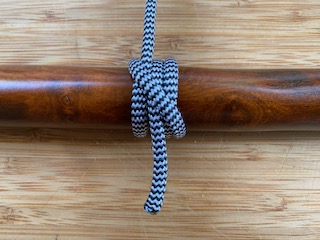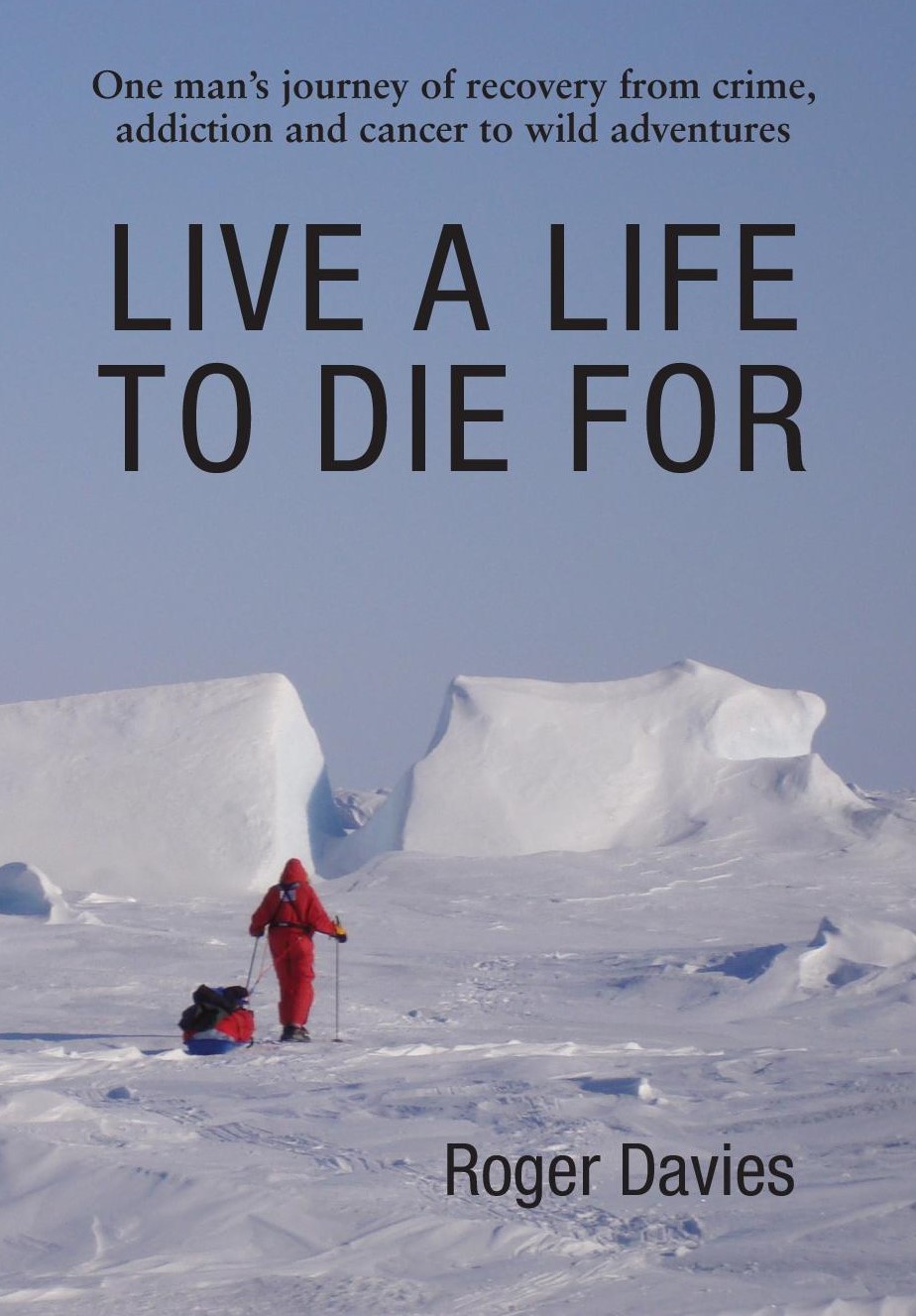Ultimate Guide to the Three-Layered Clothing System
As someone who loves exploring the outdoors, especially in cold weather, I’ve found that the three-layer clothing system is a tried-and-true strategy for effective layering. This method ensures that I stay warm, dry, and comfortable, allowing me to enjoy my activities without feeling the biting chill.
By wearing a base layer to wick away moisture, a middle layer for insulation, and an outer layer to protect against wind and rain, I can adapt to changing weather conditions with ease. This system not only keeps me cozy but also enhances my overall outdoor experience by eliminating the discomfort that harsh weather often brings.
Baselayer: Keeping You Dry and Comfortable
The baselayer is the first and most essential piece in the layering system, it’s like a second skin. Its main job is to manage moisture, drawing sweat away from my body to keep me dry and comfortable. By regulating body temperature, this layer prevents the uncomfortable, clammy feeling that often comes with physical activity in cold weather.
For the best performance, I choose a baselayer made from moisture-wicking materials like Merino wool or synthetic fabrics such as polyester. These materials excel at keeping sweat off my skin, which not only adds to comfort but also helps me stay warmer. A good baselayer fits snugly but allows for natural movement, so I never feel restricted.
Beyond moisture management, my baselayer adds a touch of insulation, trapping a thin layer of warm air close to my skin. This extra warmth is especially valuable in frigid temperatures. Some baselayers even have odor-control technology, so I feel fresh and confident throughout my activities.
Midlayer: Insulating My Body and Trapping Warmth
For me, the midlayer is all about insulation and retaining body heat. This layer plays a crucial role in keeping me warm by preventing my body heat from escaping into the cold air. I usually opt for fabrics like fleece or down because they offer excellent insulation properties. Depending on the temperature and my planned activity, I choose either a thicker or thinner midlayer. In extremely cold conditions, I sometimes layer multiple thin midlayers to enhance insulation without adding too much bulk.
It’s important for me that the midlayer isn’t too tight. A slightly looser fit creates a small air pocket between the midlayer and my baselayer, which effectively traps warm air and boosts insulation. I make a point to avoid cotton fabrics for this layer because cotton absorbs moisture and takes a long time to dry. Wearing cotton can lead to chilling discomfort and undermine the effectiveness of my entire layering system.
Outer Layer: My Shield against the Elements
The outer layer, or shell, is my essential defence against harsh weather. Acting as a barrier, it protects me from wind, rain, and snow, ensuring I stay dry and shielded from the elements. To be truly effective, my outer layer needs to be windproof, waterproof, and breathable so I can stay comfortable, even during intense activities.
When picking an outer layer, I prioritize jackets or coats made from durable, weather-resistant materials. These materials not only keep water out but also allow moisture to escape, preventing that uncomfortable, sweaty feeling. I also look for functional features like adjustable hoods, ventilation zippers, and secure closures, which let me customize my comfort and stay prepared for varying conditions.
My outer layer is always a bit roomier than my inner layers, leaving space for additional insulation if needed. This fit ensures that my protective shell can effectively shield the inner layers from moisture and wind, keeping my entire system working efficiently.
By sticking to the three-layer system, I create a balanced, adaptable setup that helps me regulate body temperature, manage moisture, and stay comfortable no matter where my outdoor adventures take me.
On my trek to the North Pole I wore a one piece wind suit; that was designed as a totally wind proof (4th) layer to provide protection in extreme cold climates and high altitudes. (My main zipper extended under my bottom for quick toilet access).
Tips for Effective Layering
Mastering the art of layering requires me to find the delicate balance between warmth and breathability. I always aim to choose clothing that not only retains heat but also allows moisture to escape. This approach keeps me comfortable and helps prevent issues like overheating and excessive sweating, which can lead to discomfort and even hypothermia.
To achieve this balance, I pay close attention to the materials and fits of each layer. For my baselayer, I select moisture-wicking fabrics that keep sweat away from my skin. For the midlayer, I opt for insulating materials that trap heat without adding unnecessary bulk. My outer layer is breathable yet protective, shielding me from wind and rain while allowing excess heat and moisture to escape.
I also adjust my layers based on the intensity of my activity and the weather conditions. If I’m hiking uphill and generating more body heat, I might remove a midlayer to prevent overheating. Conversely, if the temperature drops or the wind picks up, I add a layer to stay warm. By being mindful of how I layer my clothing, I ensure that I remain comfortable and safe throughout all my outdoor adventures.
**I am excited to share the captivating story of my extraordinary journey with you. Also my How-To Becoming a Fearless Adventurer



